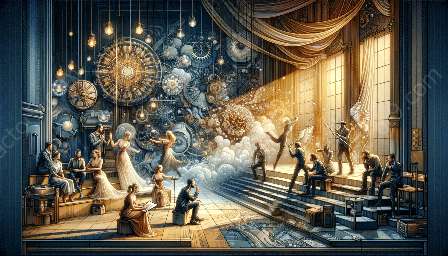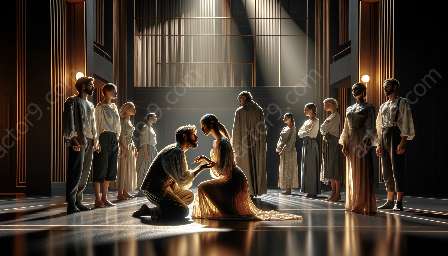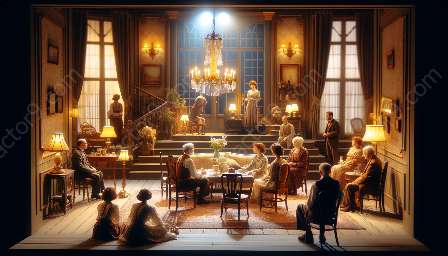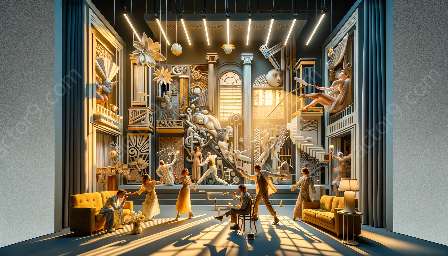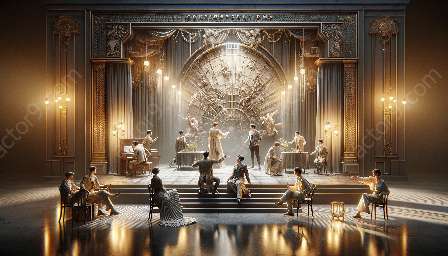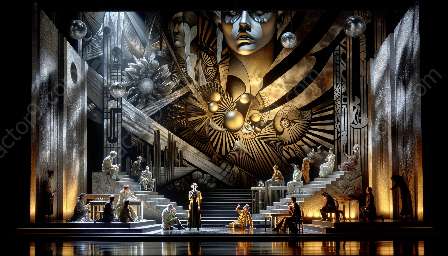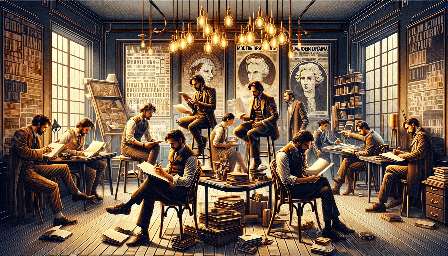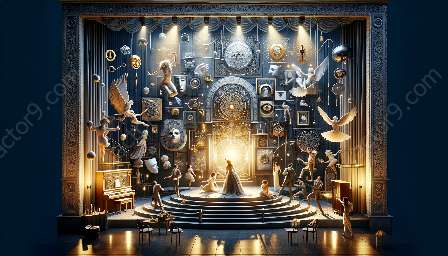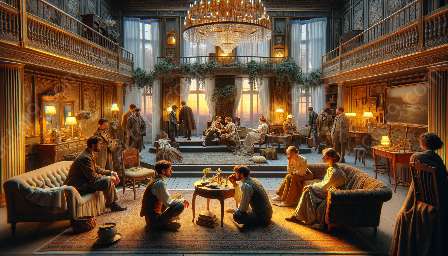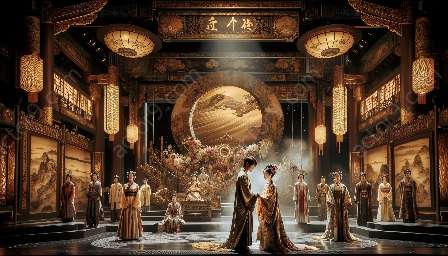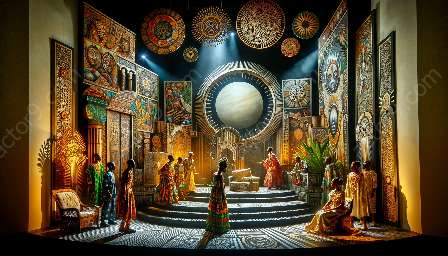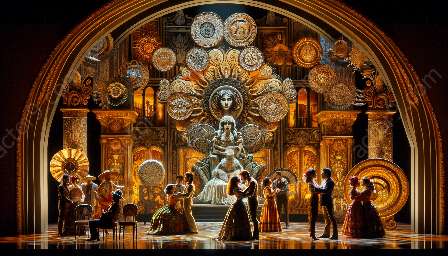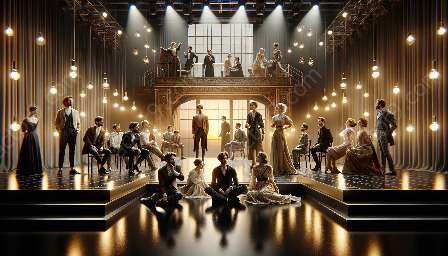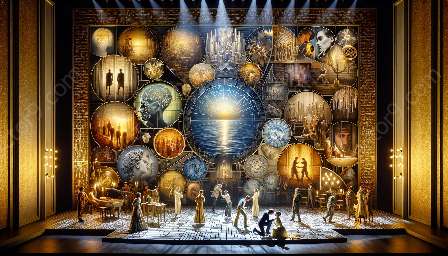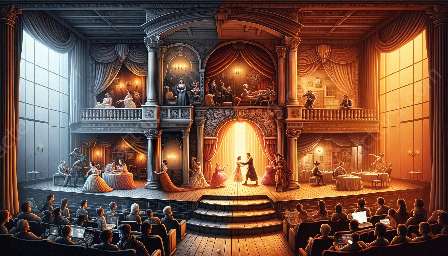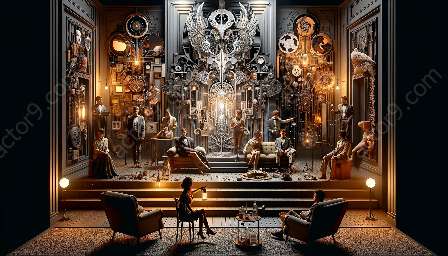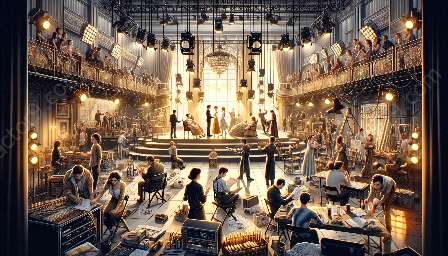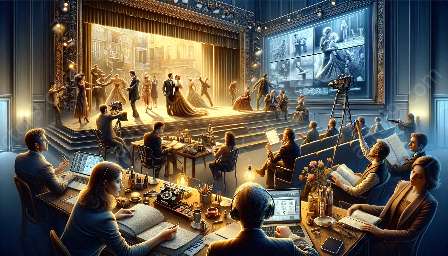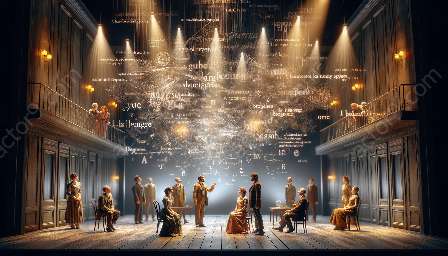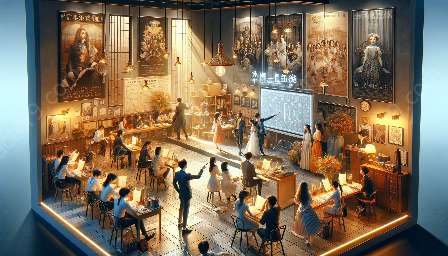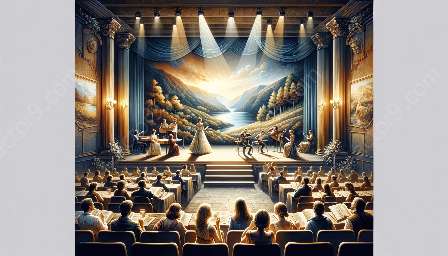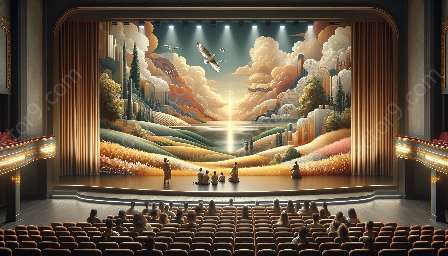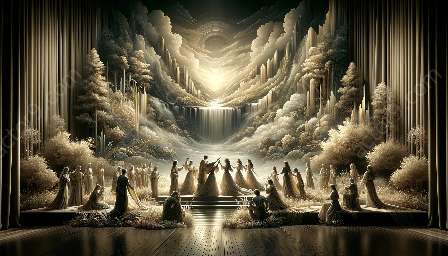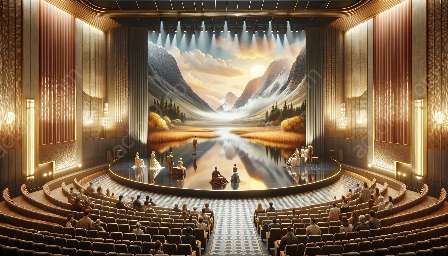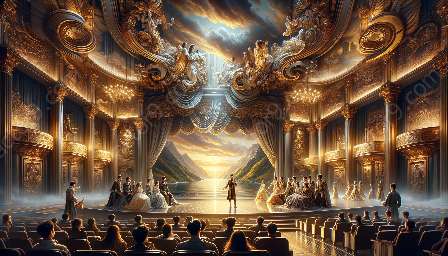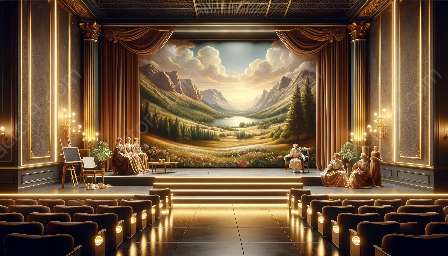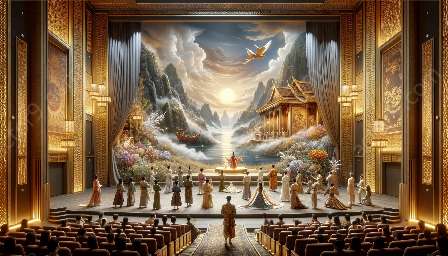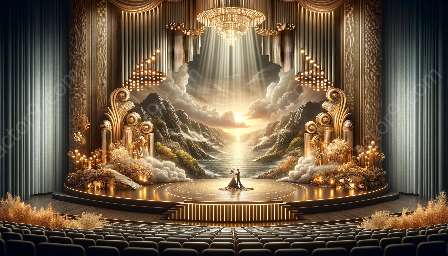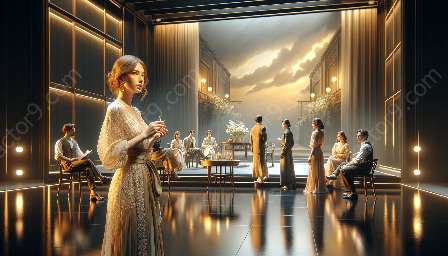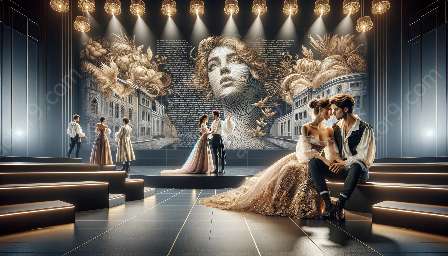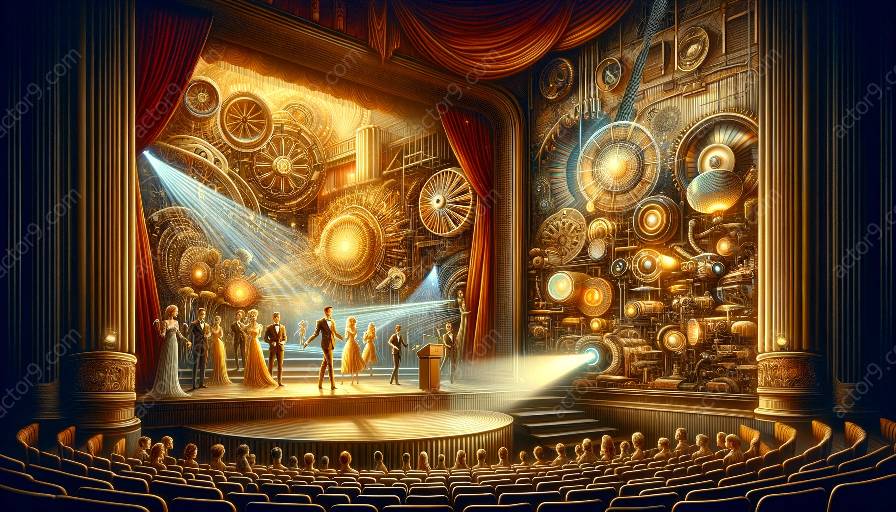Technology has revolutionized stage design in modern drama, offering innovative opportunities for creativity and expression. The integration of science and technology has significantly transformed the theatrical experience, enhancing both the storytelling and visual aspects of performances.
Evolution of Stage Design: Blending Art and Technology
In the realm of modern drama, the evolution of stage design has been greatly influenced by advancements in technology. Stage designers have embraced cutting-edge tools and techniques to bring their creative visions to life, redefining the boundaries of what is possible on stage. The intersection of art and technology has fueled a renaissance of imaginative and immersive theatrical experiences that captivate audiences.
Enhanced Visual Spectacle
One of the most evident impacts of technology on stage design is the enhanced visual spectacle that it offers. Through the use of projection mapping, LED screens, and advanced lighting systems, stage designers can create breathtaking visual landscapes that transport audiences to new realms of imagination. These technological advancements not only enrich the visual appeal of performances but also provide a dynamic canvas for storytelling, enabling a deeper connection between the narrative and the audience.
Interactive and Immersive Environments
Technology has paved the way for the creation of interactive and immersive stage environments. With the incorporation of interactive digital elements, such as augmented reality and interactive projections, modern stage designs have transcended traditional boundaries, engaging audiences in a multi-sensory experience. Audiences are no longer passive spectators but active participants in the unfolding narrative, blurring the lines between reality and fiction.
Seamless Integration of Sound and Visuals
Advancements in audiovisual technology have facilitated the seamless integration of sound and visuals in stage design. Through sophisticated soundscapes, synchronized with stunning visual effects, technology has elevated the overall sensory experience of modern drama. The synergy between sound and visuals creates a harmonious and impactful atmosphere, amplifying the emotional resonance of the performance.
Virtual and Augmented Realities in Stage Design
Virtual and augmented realities have emerged as game-changing tools in modern stage design, opening up new dimensions of creativity and expression. By leveraging virtual reality platforms and augmented reality applications, stage designers can transcend physical limitations, bringing fantastical worlds and surreal landscapes to life on stage. These technologies enable the fusion of physical and digital realms, adding layers of depth and complexity to theatrical productions.
Adapting to Changing Narrative Forms
Technology has catalyzed the adaptation of stage design to accommodate changing narrative forms in modern drama. With the rise of interactive storytelling and non-linear narratives, stage designers have embraced technology to construct dynamic and adaptable stage environments. The flexibility offered by technology allows for seamless transitions between various narrative threads, empowering directors and designers to explore unconventional and non-traditional storytelling techniques.
Challenges and Opportunities in Technological Integration
While the impact of technology on stage design has been profound, it also presents both challenges and opportunities. The reliance on complex technological systems demands meticulous planning and execution to ensure seamless integration into the live theatrical setting. Moreover, the potential for technical glitches and malfunctions necessitates a comprehensive understanding of technology among the production team, emphasizing the need for collaboration between artists and technicians.
Collaborative Synergy: Bridging Art and Technology
Despite the challenges, the integration of technology into stage design promotes collaborative synergy, bridging the realms of art and technology. The fusion of creative ingenuity with technical expertise fuels a symbiotic relationship that enriches the creative process. By fostering a collaborative environment, stage designers, technologists, and dramatists can coalesce their talents to conceive awe-inspiring productions that push the boundaries of traditional theatrical conventions.
Expanding Boundaries of Creativity
From a broader perspective, technology has expanded the boundaries of creativity in stage design, empowering artists to explore uncharted territories of expression. The intersection of science and technology in modern drama has unleashed a wave of innovation, allowing stage designers to experiment with unconventional materials, interactive installations, and adaptive technologies, enriching the tapestry of theatrical expression.
Conclusion
The impact of technology on stage design in modern drama is a testament to the transformative power of innovation and creativity. The seamless integration of science and technology has redefined the possibilities of visual storytelling, inviting audiences into mesmerizing worlds of imagination. As technology continues to evolve, it will undoubtedly inspire new frontiers of creativity and elevate the theatrical experience, ensuring that modern drama remains a captivating and immersive art form.


